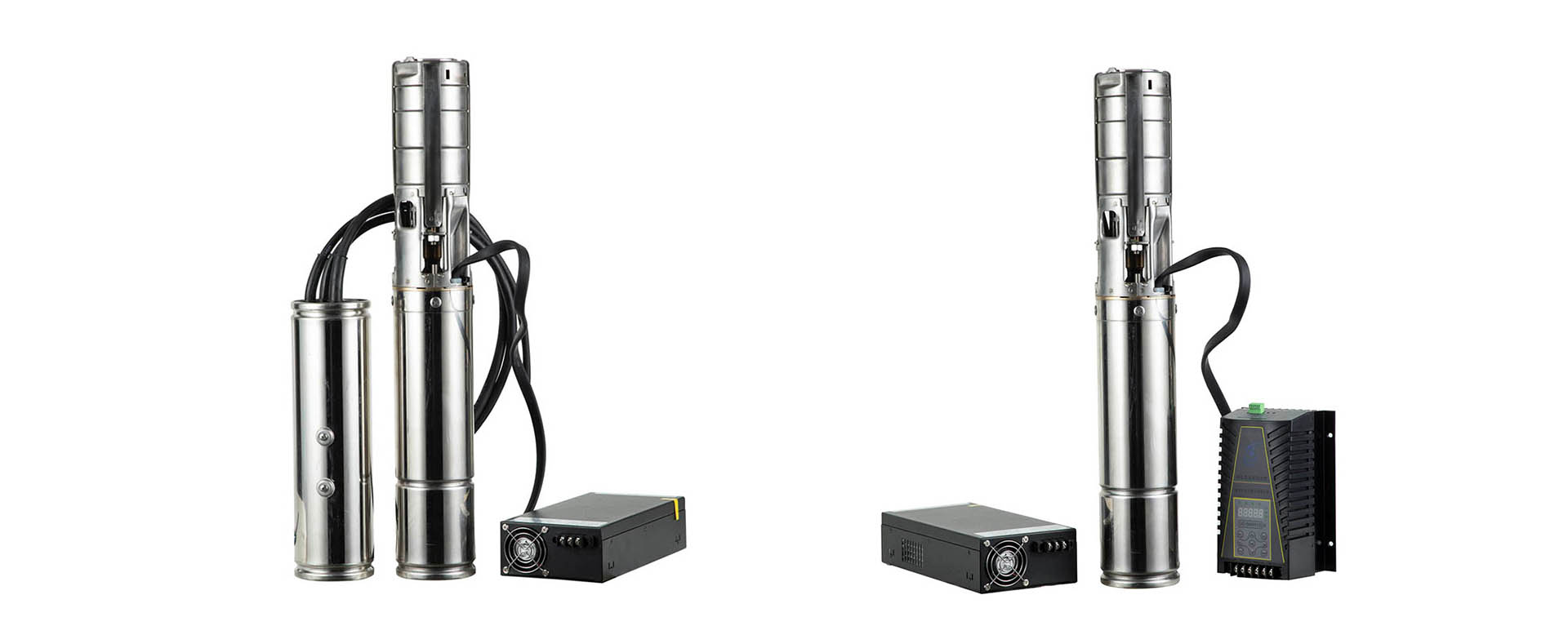In the realm of low-voltage direct current (DC) pumps, two prominent materials, plastic and stainless steel, are frequently used in their construction. Each type has distinct characteristics that make them suitable for different applications. Understanding the differences between plastic low-voltage DC pumps and stainless steel low-voltage DC pumps is crucial for making informed decisions based on specific requirements.
One of the most significant differences lies in the material properties. Plastic pumps are typically made from engineering plastics such as polypropylene (PP), polyvinyl chloride (PVC), or acrylonitrile butadiene styrene (ABS). These plastics offer excellent chemical resistance against many common acids, alkalis, and solvents, making plastic pumps ideal for handling corrosive fluids like certain cleaning agents, mild acids, or water-based solutions. On the other hand, stainless steel pumps are constructed from various grades of stainless steel, such as 304 or 316. Stainless steel is renowned for its superior corrosion resistance, especially in harsh environments and when dealing with more aggressive chemicals. It can withstand exposure to saltwater, strong acids, and alkaline solutions over extended periods without significant degradation, making it a preferred choice for industrial applications and marine environments.
The physical characteristics of the two types of pumps also vary considerably. Plastic low-voltage DC pumps are lightweight, which makes them easy to install and transport. Their lower weight reduces the stress on supporting structures and simplifies the overall system design. In contrast, stainless steel pumps are heavier due to the density of the metal. This additional weight can provide better stability in some applications but may also require more robust mounting and support structures. Additionally, plastic pumps have lower thermal conductivity compared to stainless steel. This property can be advantageous in applications where minimizing heat transfer is necessary, such as in some laboratory equipment or cooling systems where temperature-sensitive fluids are involved.
Cost is another important factor to consider. Generally, plastic low-voltage DC pumps are more affordable than their stainless steel counterparts. The raw materials used in plastic pump production are less expensive, and the manufacturing processes, such as injection molding, are often more cost-effective. This makes plastic pumps a popular choice for applications with budget constraints or for mass-market products like small-scale water features, aquarium filters, or low-volume fluid transfer systems. Stainless steel pumps, on the other hand, involve higher material costs and more complex manufacturing processes, such as welding and machining, which contribute to their higher price tag. However, their durability and long service life can often justify the higher initial investment in demanding industrial or commercial applications.
In terms of performance, stainless steel low-voltage DC pumps typically have higher mechanical strength and durability. They can withstand higher pressures and mechanical stresses, making them suitable for applications that require high flow rates or the pumping of viscous fluids. The robust construction of stainless steel pumps also allows them to operate reliably in high-temperature environments. Plastic pumps, while capable of handling a wide range of operating conditions, may have limitations in terms of maximum pressure and temperature. Exceeding their rated values can lead to deformation, cracking, or failure of the plastic components.
Maintenance requirements also differ between the two types of pumps. Plastic pumps are relatively easy to maintain. They are less prone to rust and scaling, and cleaning is usually straightforward. In case of damage, individual plastic parts can often be replaced relatively easily and inexpensively. Stainless steel pumps, although highly resistant to corrosion, may require periodic inspection for signs of pitting or crevice corrosion, especially in harsh operating conditions. If internal components made of other materials (such as seals or gaskets) are used, these may need to be replaced regularly to ensure proper pump operation.
The choice of application scenarios also varies. Plastic low-voltage DC pumps are commonly used in domestic and light industrial settings, including water treatment systems for homes, small-scale irrigation systems, and beverage dispensing equipment. Their non-toxic and chemically resistant properties make them suitable for handling potable water and food-grade fluids. Stainless steel pumps, due to their superior performance and durability, are widely employed in industrial processes, such as chemical manufacturing, pharmaceutical production, and seawater desalination. They are also commonly found in high-end commercial applications like large-scale cooling towers and swimming pool filtration systems.
In conclusion, both plastic low-voltage DC pumps and stainless steel low-voltage DC pumps have their own strengths and weaknesses. The decision between the two depends on various factors, including the nature of the fluid being pumped, operating conditions, budget, and specific performance requirements. By carefully evaluating these aspects, users can select the most appropriate pump type to ensure optimal performance and cost-effectiveness in their respective applications.

- Pre posts: Laser Water Screen Fountain
- Next posts: Music Fountain: A Customizable...
otherarticle / otherarticle_en
- 2025-08-08 Differences Between DMX512 Colored Lights for Musical Fountains and Ordinary Underwater Lights
- 2025-07-29 Music Fountain: A Customizable Symphony of Water, Light, and Sound by Jinhua Dongda Pump Co., Ltd.
- 2025-05-07 Laser Water Screen Fountain
- 2025-05-06 Customizable Musical Fountain - Where Water Meets Melody Introduction
- 2025-03-20 Advantages of cast stainless steel submersible pumps









